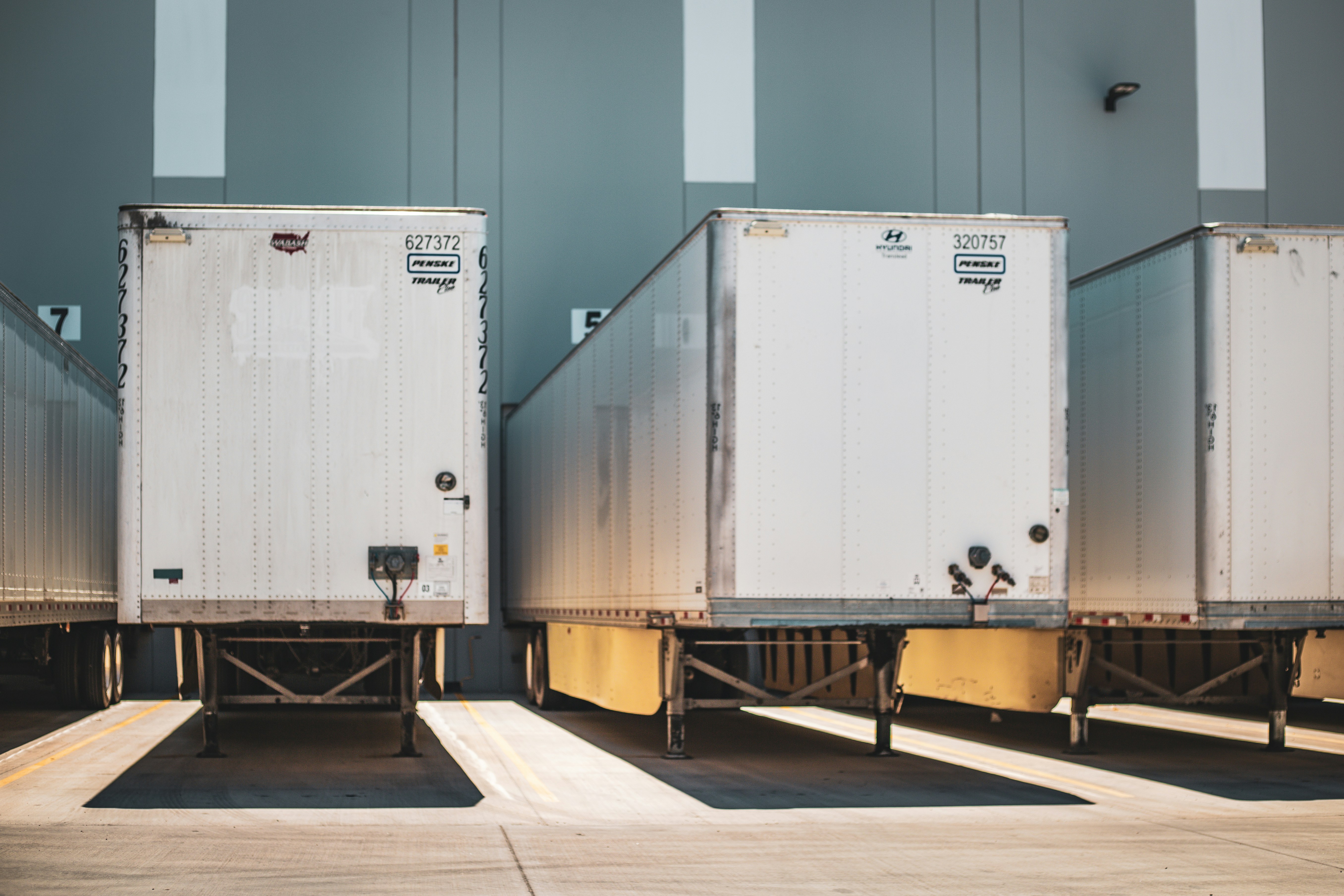Learn about P1020 aluminum — the 99.7% pure benchmark grade used worldwide for extrusion, rolling, and alloying. Explore its composition, applications, pricing factors, and how Metal Exchange supports global sourcing and logistics.

When people talk about primary aluminum, they’re often talking about P1020 aluminum — the global benchmark for high-purity metal. With a minimum purity level of 99.7% aluminum, P1020 serves as the base material for countless aluminum products, from wire rod and extrusion billet to sheet, foil, and more. It’s also the standard grade traded on the London Metal Exchange (LME), making it a key driver in global aluminum pricing and hedging.
The term P1020 refers to the purity of the aluminum:
That combination makes it a cornerstone of the aluminum supply chain, used extensively by extruders, rolling mills, and foundries as feedstock for alloy production and semi-fabricated products.
P1020 aluminum adheres to strict international standards that limit impurities like iron, silicon, and copper. Here’s a look at the typical composition based on LME and ISO specifications:
These stringent limits ensure the metal performs consistently in downstream processes and meets the demands of extrusion, rolling, and foundry operations.
P1020 aluminum’s defining characteristic is its purity — and with purity comes high electrical conductivity, corrosion resistance, and formability.
Key properties:
These traits make P1020 ideal for electrical conductors, cable sheathing, and other applications where conductivity and surface quality matter.
Because of its high purity and consistency, P1020 aluminum serves as a feedstock for a wide range of aluminum products.
Common applications include:
In short, P1020 is the starting point for much of the world’s aluminum production.
P1020 is the standard grade used in LME contracts, meaning global aluminum prices are quoted based on this grade. Regional adjustments — like the U.S. Midwest Premium or Shanghai Premium — reflect transportation, storage, and demand variations across markets.
Pricing is influenced by:
For market reference, visit the LME Aluminum Specifications.
While P1020 represents 99.7% purity, there are other commercial grades used for specific needs:
Choosing between these grades often depends on price sensitivity, end-use requirements, and process compatibility.
The aluminum industry continues to evolve toward sustainability and traceability. Many producers now offer low-carbon P1020 aluminum, verified through carbon accounting and ASI certification.
Examples include:
As sustainability regulations like CBAM (Carbon Border Adjustment Mechanism) take hold, verified data and transparent sourcing are becoming critical factors in global supply chains.
Learn more about sustainability standards from the Aluminium Stewardship Initiative.
At Metal Exchange, we work across the entire aluminum value chain — from primary products like P1020 aluminum to value-added billets and recycled materials.
We manage:
Our focus is on customer-driven solutions — making it easy to source, transport, and utilize primary aluminum efficiently and sustainably.

October 15, 2025
October 15, 2025

October 15, 2025
October 15, 2025